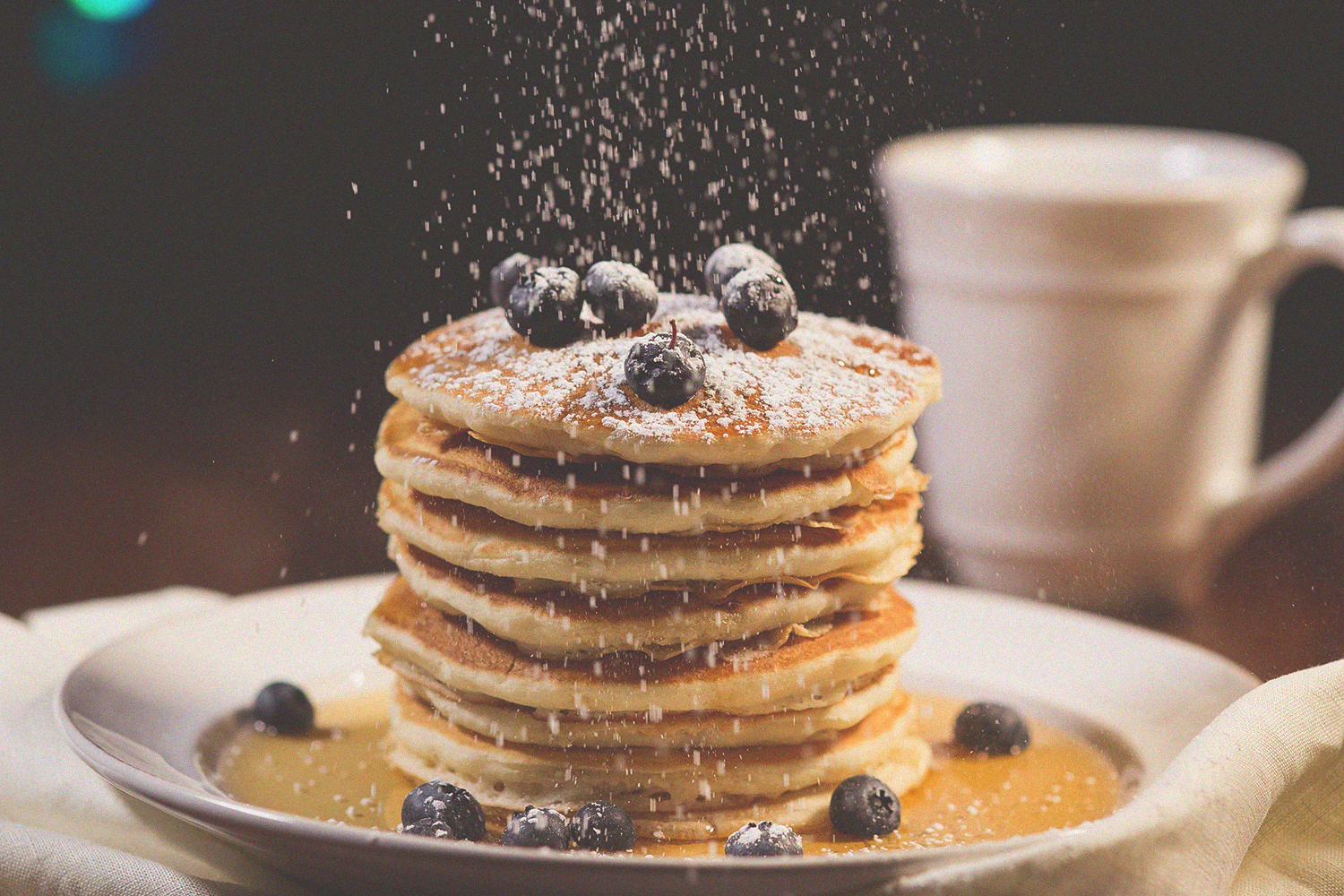Most of us love a little sweetness in our lives from time to time.. Let’s have a look at where we stand with our sugar love affair.
BY: TARYN SCHUBERT, RD
Who doesn’t love a little sugar, am I right? It’s natural to like a sweet taste.
Did you know that even newborns prefer sweeter flavors? There are a few different theories on why it is we all love sweetness. Sweet foods provide us with glucose, the preferred fuel of our heart, brain, and red blood cells. However, the “why” doesn’t matter as much as the way we act on our desire for sweetness.
So how do we like to sweeten our food?
We have a lot of sweetening options available these days, and a lot of judgment to go with them. In the professional nutrition world, we talk about sweeteners as either nutritive or nonnutritive, which indicates whether they are a source of calories.
Nonnutritive sweeteners are products like Stevia, aspartame or saccharine. They provide little to no calories, are much sweeter than table sugar, and generally used in diet drinks and diabetic-friendly foods. All of the nonnutritive sweeteners used in our food have been approved as safe by the FDA. In moderation, they can possibly play a role in a healthy diet.
When it comes to nutritive sweeteners, there is a lot of talk about high fructose corn syrup (HFCS) as being the most unhealthy or dangerous. However, HFCS, honey, agave, table sugar, raw sugar, and pretty much all nutritive sweeteners provide the same amount of calories per serving.
There really isn’t one that’s better or worse for you, sugar is sugar.
The exclusion to this is sugar alcohols like xylitol, which provides fewer calories and may also cause some GI distress after consuming. So, you know, pick your battles.
All of those sugars will raise your blood sugar, some more than others because of the way they are metabolized. Sugars like agave may not raise your blood sugar quite as high, but they do raise your blood lipids. So in the end, you kind of break even in the health department.
So where do all the sugar judgments come from?
For HFCS, many concerns come from the amount that is contained in our food. Sugar (like HFCS) is a great way to make food shelf-stable because it prevents bacteria from growing. As a cheap preservative for food processors, the preferred ingredient known as HFCS makes products last on the shelves.
As for honey and agave being touted as a miracle sweetener, the message may have gotten a little mixed up. Many nutrition experts often recommend honey or agave because they have a sweeter flavor. That means you can use less for the same result. For example, if a recipe calls for 1/2 cup of sugar, you can use 1/4 cup of honey or agave and get the same result.
In other words, it’s the decrease in the amount of sugar, not the specific sugar you’re using, that creates the health benefit.
So is sugar bad for us?
Sugar provides us with glucose – the main fuel for our brain, heart, and red blood cells (all very important). Therefore, sugar (and carbohydrates) is important to have in a diet, but it’s how much sugar you’re eating that’s critical.
Most Americans receive 15% of their calories just from added sugars. Think about the sugar you put in your coffee, or the sugar that’s added to your flavored yogurt; it all adds up and is probably too much.
How much sugar can I have?
The new USDA Dietary Guidelines recommend to limit added sugars to 10% of your calorie intake. Added sugar does not include the sugar that naturally occurs in fruit or milk.
It does, however, include any kind of sweetener added to food such as table sugar or sucrose, honey, agave, and maple syrup.
If you eat mostly whole foods and limit your intake of processed foods, it’s easier to limit your added sugar intake. With processed foods, ingredient lists must be read carefully because food companies like to use names not normally associated with sugar. The good news is that upcoming new labels will include an “added sugar” category, which will make things much more clear.
So what does an intake of 10% of your calories look like? Well, let’s say your daily caloric intake is 1800 calories, which would allow you 180 calories from added sugars, or 45 grams of sugar. About 3 1/2 tablespoons, or a little over 11 teaspoons, of sugar provide 45 grams per day. That’s not impossible! Even in most recipes calling for sugar, cutting the amount in half won’t result in the product losing its sweetness.
It all comes back to eating everything in moderation, and doing your best to eat fresh, whole foods.
And maybe try to resist putting six packets of sugar in your coffee like my significant other.
HEADER IMAGE: MIKEY BOYLE
Taryn Schubert, RD is a Los Angeles-based Registered Dietitian who helps people create healthy diets that fit their lifestyle. With her specialty in adult weight management and mindful eating, Taryn believes food should be a source of joy and nourishment, not “good” or “bad” in the way society perpetuates. Visit Taryn and begin creating your healthier relationship with food.

